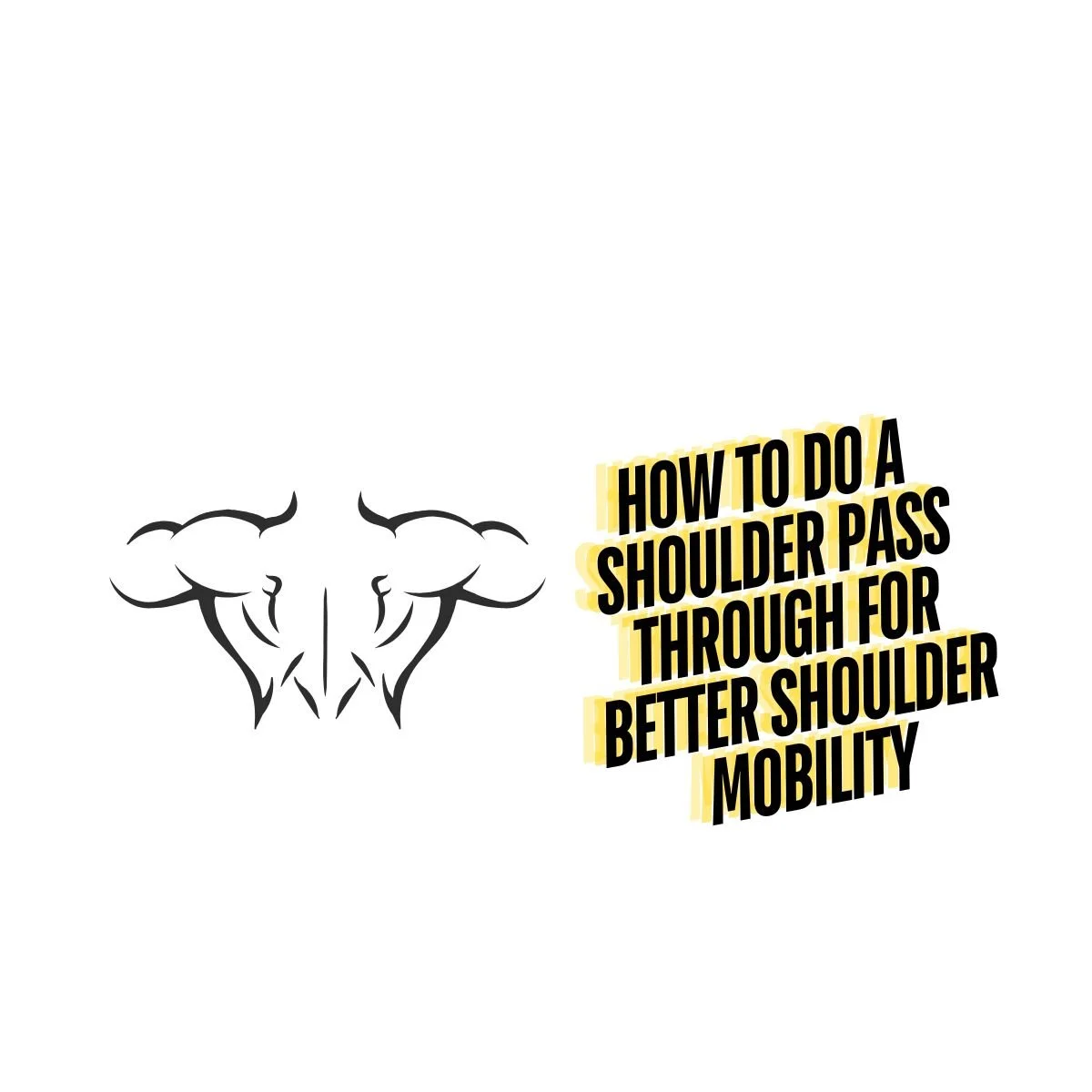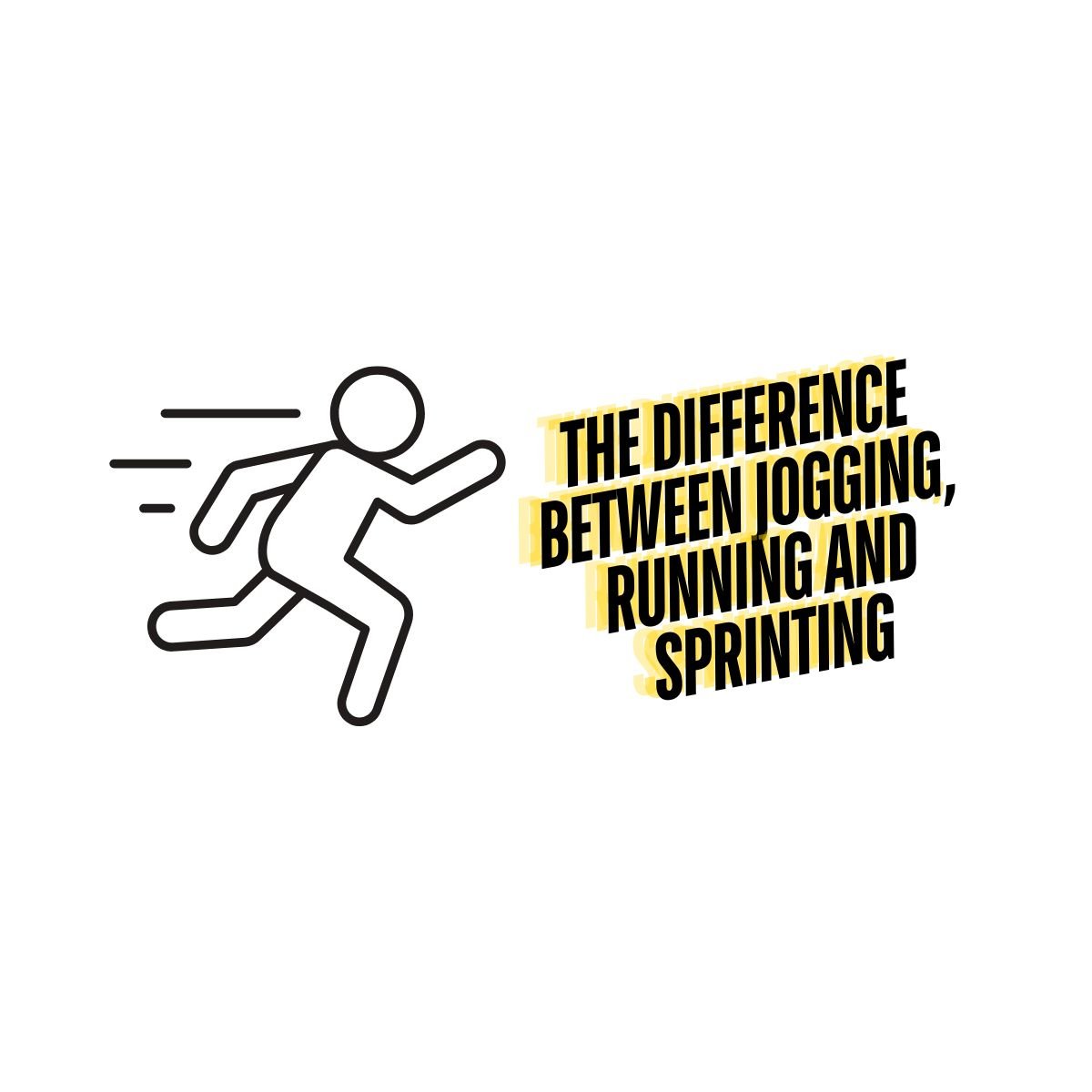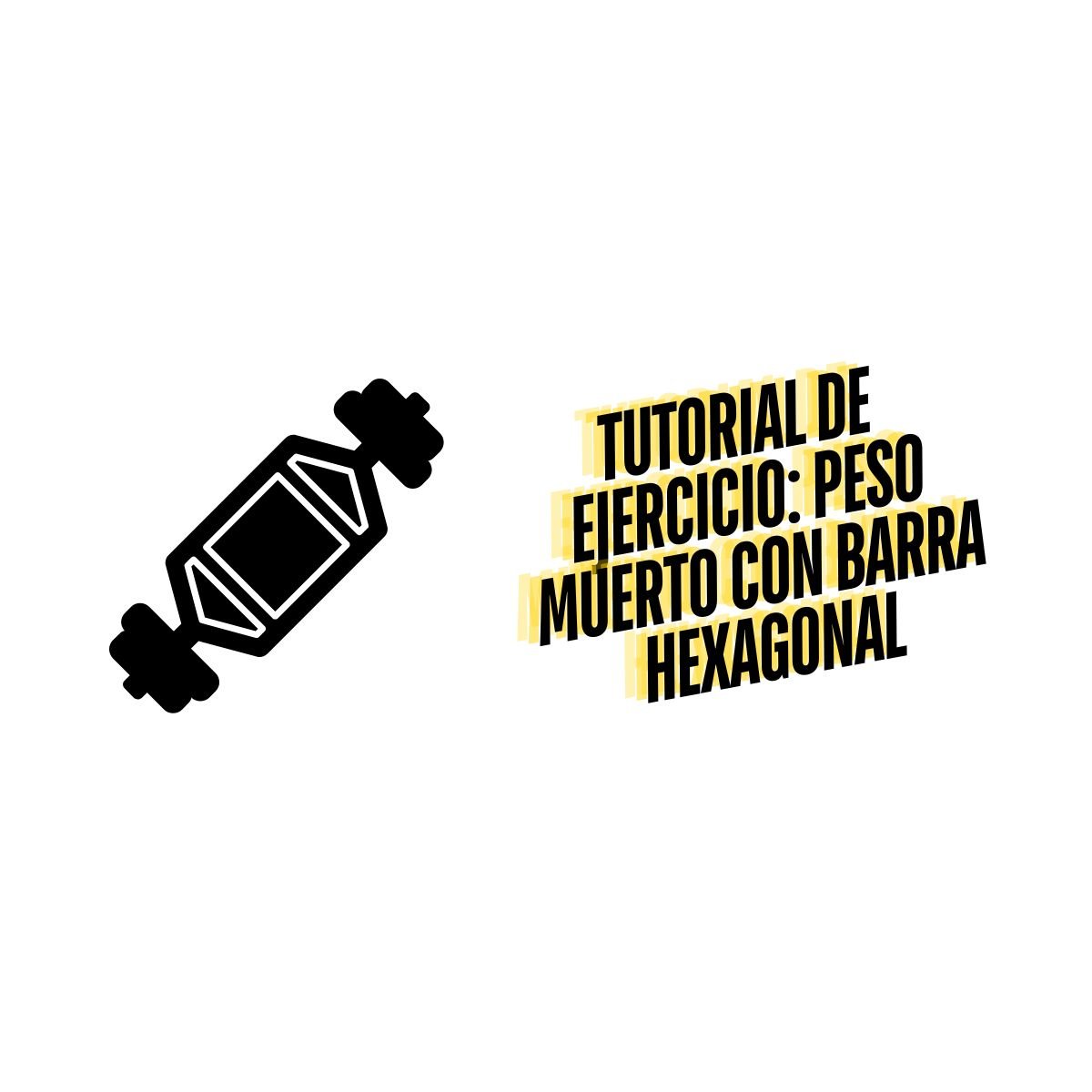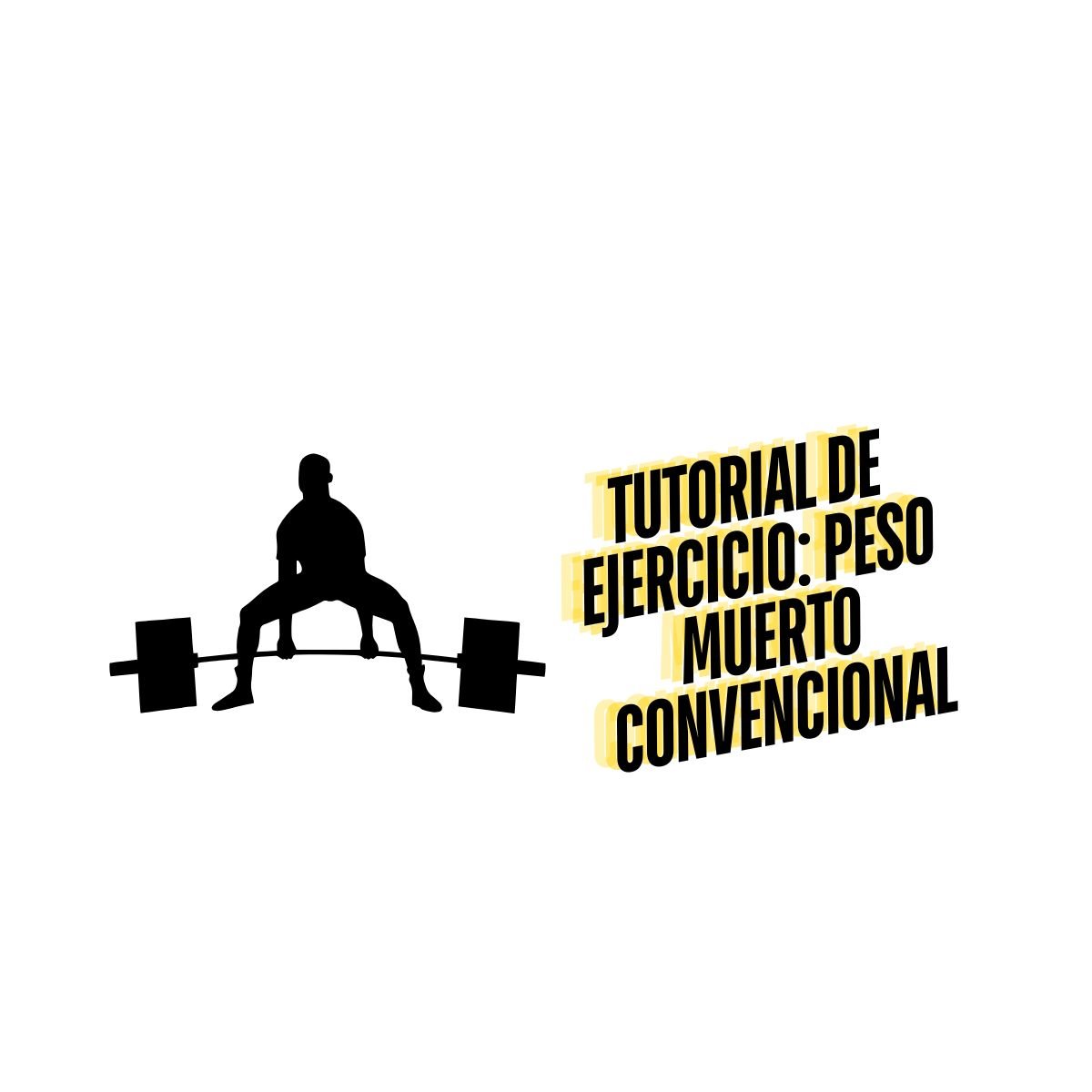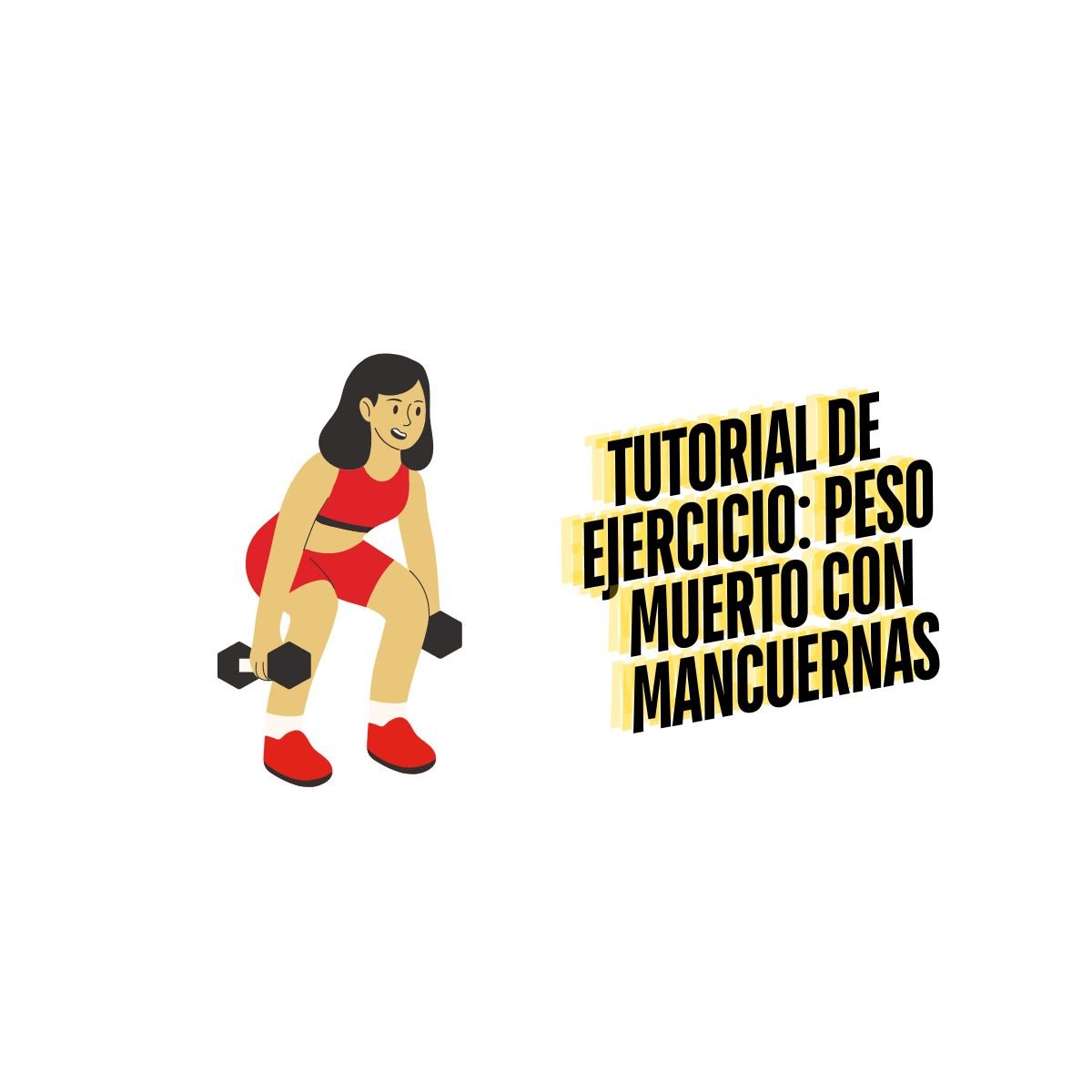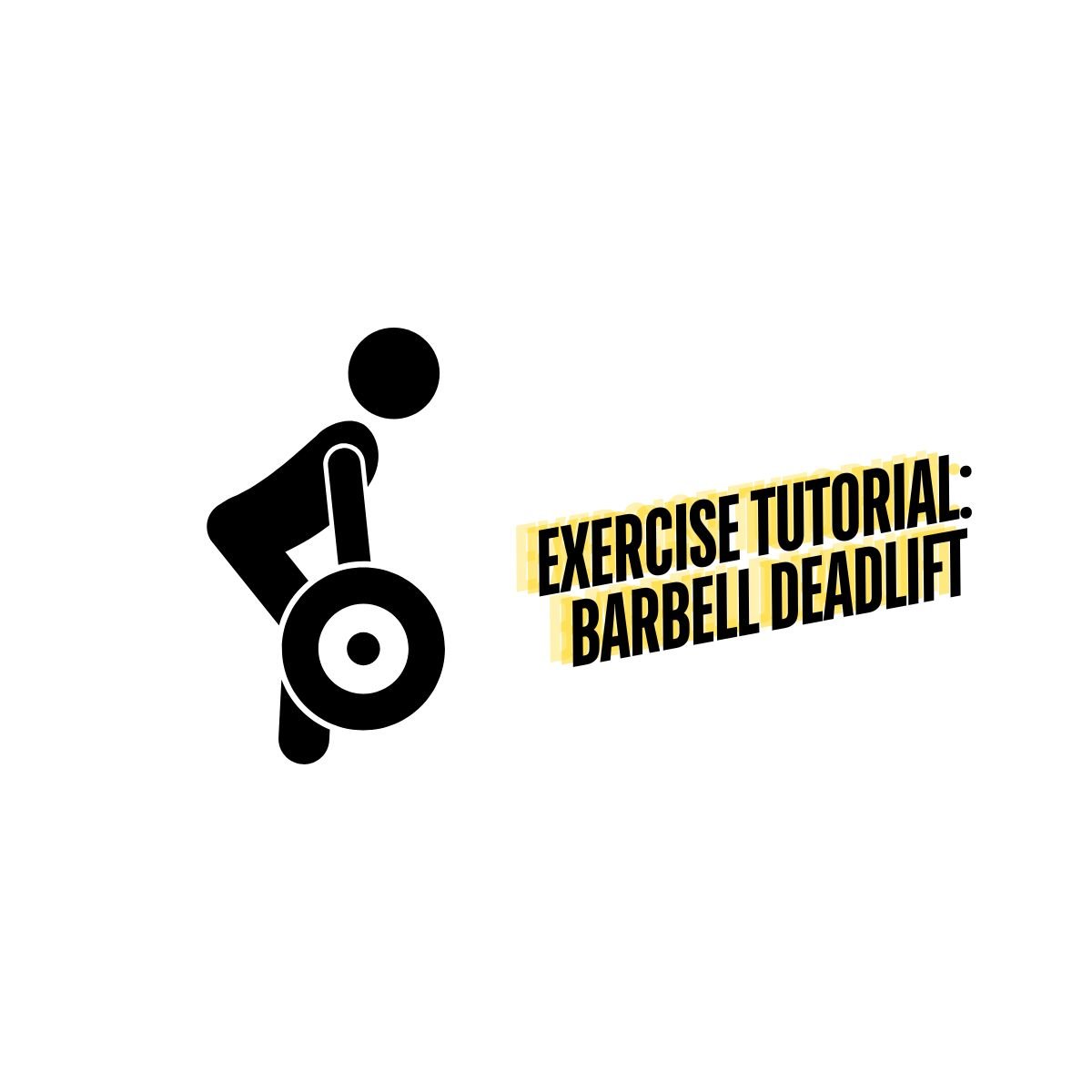The Origins of Thai Massage
What Is Thai Massage
Whenever one goes to visit Thailand, one of the things that people say you shouldn’t miss is to get a Thai massage. Although still relatively new to modern day spa establishments, Thai massages have actually been around for quite a while, even dating back to as far as ancient times. Thought to be developed and made by Buddhist monks in Thailand around 2,500 years ago, the massage utilizes passive stretching along with gentle pressure along all of the body’s energy lines. This results in an increase in flexibility, balanced body energy systems, and even relief in muscle and joint tensions.
But before we dive in deeper, what is it really about?
A Quick History on Thai Massage
According to the Pali Buddhist canon, Thai massage originally came from Northern India. Considered as one of the world’s oldest healing arts, it’s thought to be invented by a monk named Shivago Komarpaj, who’s noted in ancient documents for his great medical skills and vast knowledge in herbal medicine. It was also written that he also used the name Sangha, with legend even stating that he was both a friend and personal physician to Buddha himself.
A couple thousand years later, it then gained popularity among tourists visiting the country, and it soon became a world-renowned technique, reaching the shore of the United States sometime around the 1980s. This led to an influx of Thai entrepreneurs opening their own spa and wellness centers, pushing Thai massage to where it’s at in terms of popularity in the present.
Different Styles of Thai Massage
Traditionally, the massage style is one of the four main branches of Thai medicine, and is actually a healing technique practiced way before doctors were around. Centered on providing relaxation, relieving any tension, and restoring blood circulation, the massage involved stretching and deep kneading, and it’s usually performed on the floor with a mat or firm mattress. Furthermore, the massage can also be used to treat weakness, energy blockages, flexibility, dysfunctional organs, aches and pains, paralysis, nerve problems, postural alignments, and stress and tension. In fact, that’s only scratched the surface, as it can go much deeper.
Usually, the Thai massage has two types, or variations. These are the common (or “Chalosiak”) and the royal (“rajasamnak”). Nowadays, the common type is the one mainly used in Thai massage parlors, while the royal style is only for the royal family, and is not available to the public.
The “Rajasamnak” Style
A massage filled with preparations that start well before the actual massage, this massage even requires the therapists to have good manners. As a massage, the royal style aims to affect both the tissues and deep organs by increasing both nerve function and circulation. As a result, therapists performing this should have proper anatomical knowledge, as well as great experience in it.
The “Chalosiak” Style
Used for the general public (like you and I), this massage style originated from Wat Pho, and is the most common of Thai message performed everywhere. As a massage, this style makes use of acupressure, using hands, feet, elbows, etc. to help relieve overall tightness and muscle strain. Furthermore, it also helps stimulate overall blood and energy flow throughout the entire body.
Thai Massage and Its Relation with Energy Lines
When you get a Thai massage, you will probably hear the term “energy line” at some point. This is what differentiates Thai massages from other types of massages, as it utilizes what is called as the body’s energy lines system, which are called Sen Lines. And while there’s no anatomical way to verify these lines, they are perceived to be circulating throughout our entire body, helping maintain both our health and our vitality.
Per basic theory, there are supposedly more or less 72,000 lines. According to Thais, 10 of these are main lines, and they are needed to help treat the entire body, as well as its internal organs. A spiritual practice, it is perceived that when a number of these lines are blocked, the energy becomes restricted, which then results to either disease or sickness. Thai massages target these, combining the application of pressure with manipulation, muscle stretching, and adjustment throughout the whole body, improving overall health.
Thai Massage Benefits
Unlike other massages, the massage employs gentle pressure on our body’s energy lines which, along with yoga-like stretching, relaxes our body on a whole another level. This often results to an improvement in our emotional status, as well as our own personal outlook. Furthermore, deep relaxation can also contribute to provide a more restorative and comfortable sleep. It also helps you heal yourself physically, and helps you feel more refreshed.
Thai massages can also greatly decrease your stress levels, which is accomplished by the slow, gradual movement of your body through different positions that are similar to ones done in Yoga. This results in increased flexibility, which reduces muscle stress, helping you get stronger and more relaxed in general.
Not only that, but it also allows you to be more centered, enhancing your circulatory system, facilitating more fluid muscle movement, lowering blood sugar levels, and increases your energy levels. In fact, there actually doesn’t seem to be any end to its benefits, as it has different effects on both young and old people. In fact, Thai massages are usually customized for each individual with their body type and age, with sessions typically lasting up to two hours.
Thai Massage Beneficial for All Ages
Since touch is the first that we develop as human beings, it’s normal for touch to remain as a constant in a child’s physical, mental and emotional wellbeing. Thai massage makes use of this, and uses touch to help soothe and relax children.
But Thai massages are not limited to just spa-lovers and children, it’s also highly beneficial to seniors too, helping with mobility, joint flexibility and suppleness. Employed as a therapy, it can also help alleviate pain and discomfort, as well as provide endorphins that helps minimize the likeness of depression, leading to a better outlook in life.


